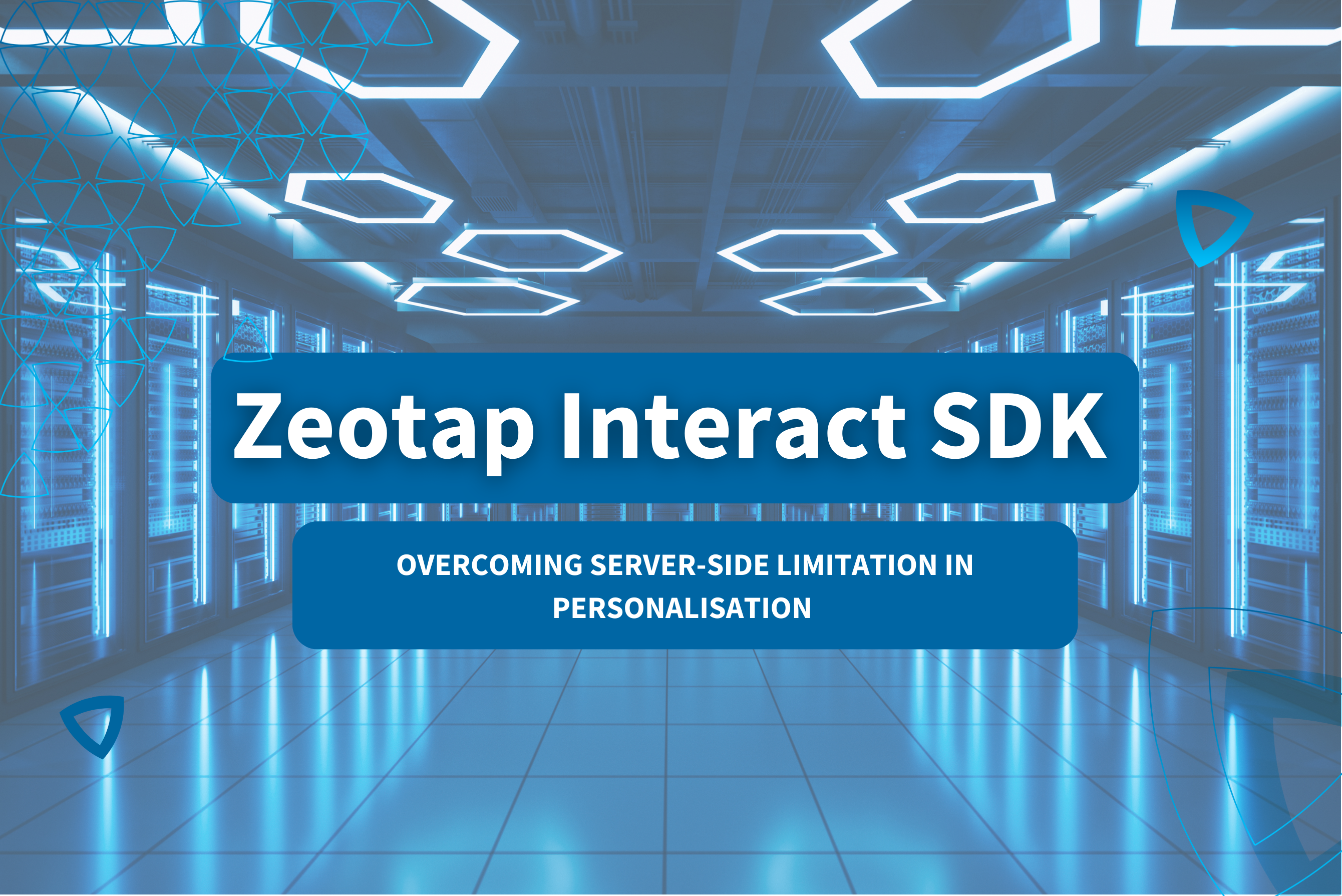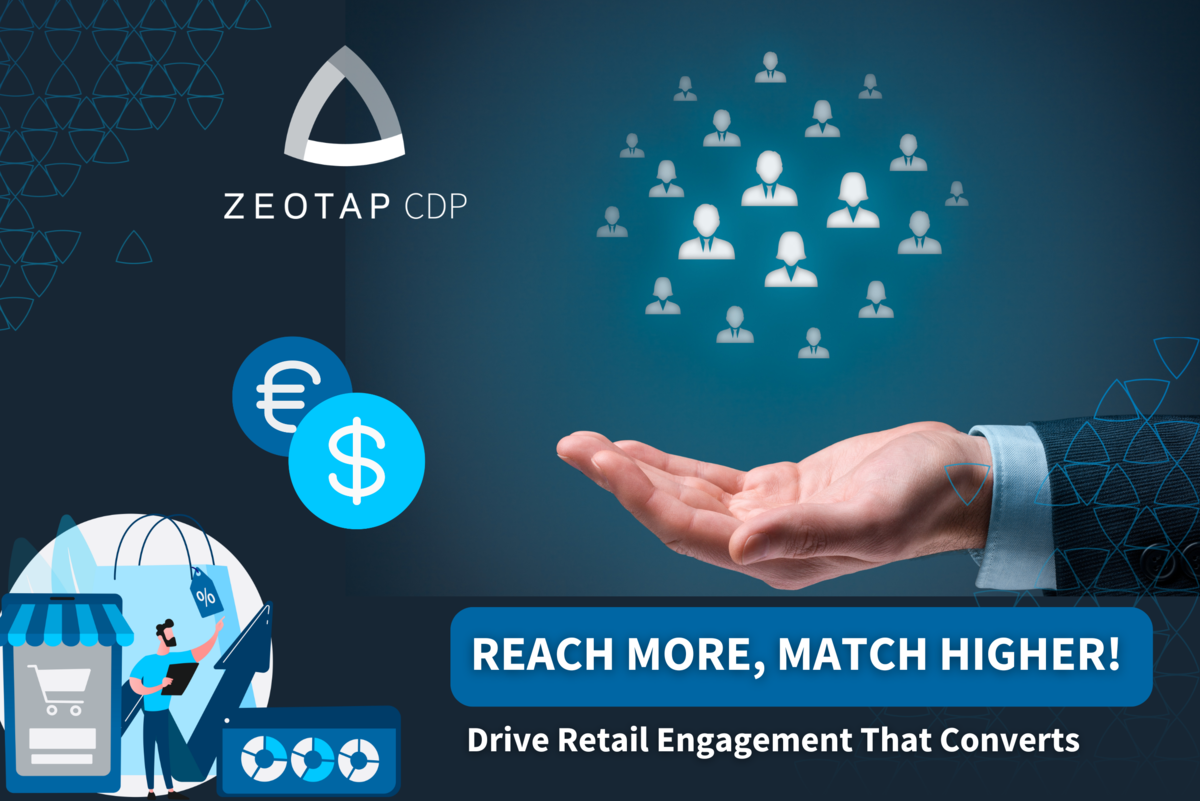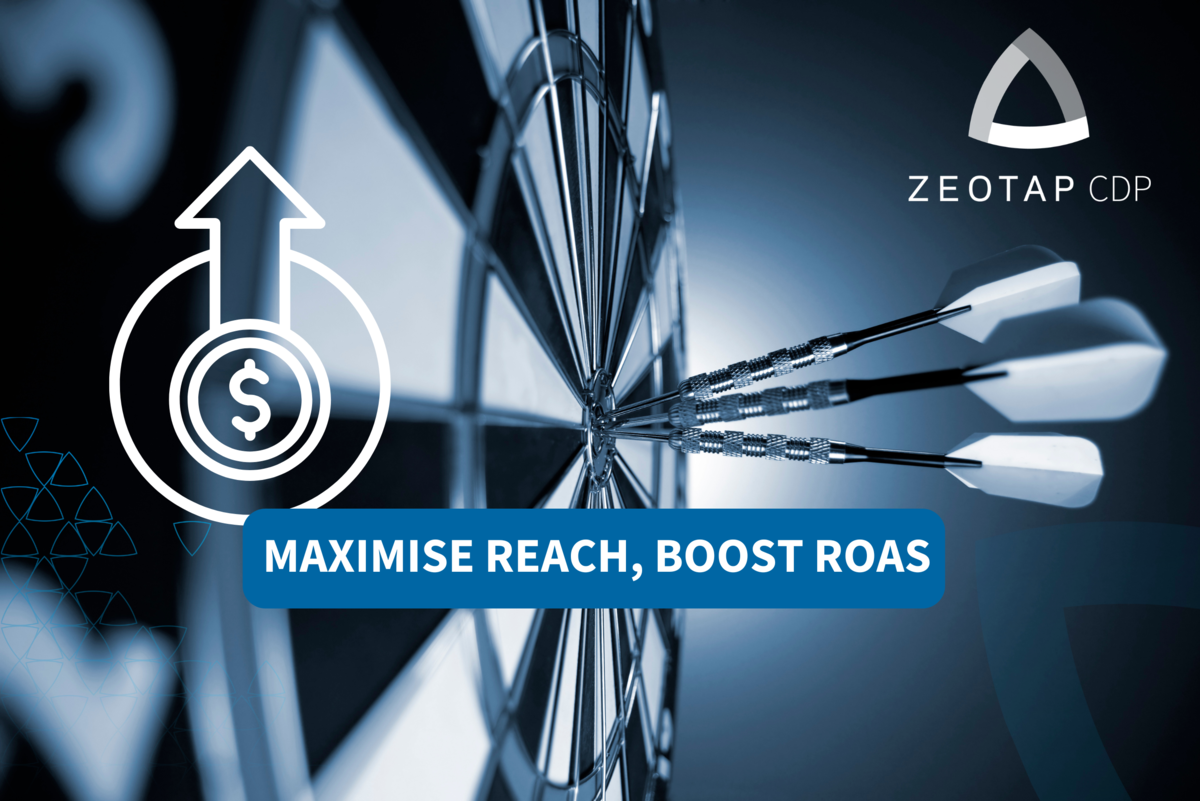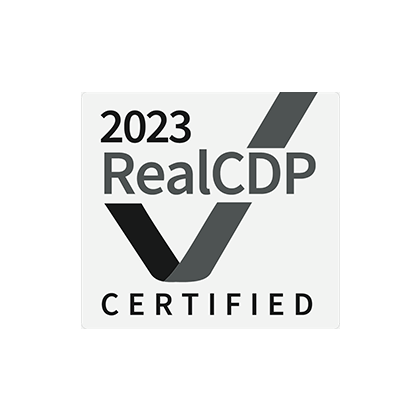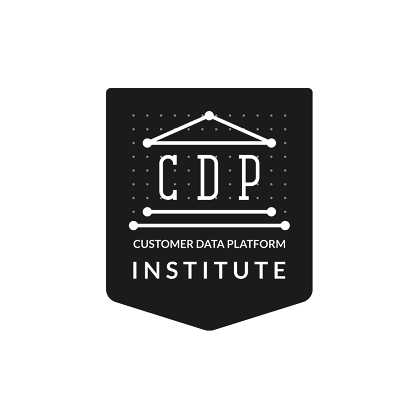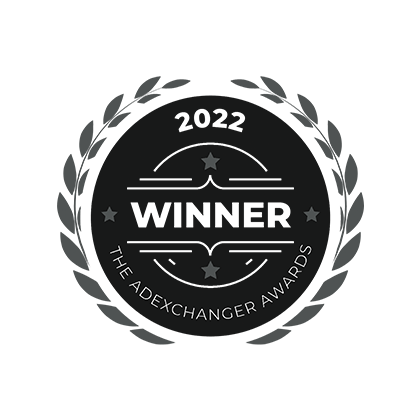In today’s competitive landscape, leveraging technology effectively is crucial for business success. A Customer Data Platform (CDP) offers a powerful solution for organisations aiming to optimise their operations and maximise profitability. By integrating and analysing customer data from various sources, a CDP not only enhances decision-making but also drives more personalised and efficient interactions.
This article explores seven key ways a CDP can deliver substantial business value, helping organisations improve ROI, streamline processes, and gain a competitive advantage.
1. Unified Customer View
One of the most important criteria for evaluating a CDP is its ability to consolidate and manage data from multiple sources into a unified customer view. This comprehensive perspective on each customer enhances decision-making and facilitates personalised interactions.
CDPs also offer integration capabilities that allow this unified data to be used by other systems, improving the overall customer experience. By centralising data, organisations can reduce their reliance on external partners or systems that often keep data siloed. This not only simplifies workflows but also increases the efficiency and accessibility of crucial information across the organisation.
For instance, Zeotap CDP assisted a UK-based telecom company in unifying its siloed data across 20 legacy systems into a single customer view. This integration led to a 30% reduction in Total Cost of Ownership (TCO), resulting in over £1 million in savings compared to adopting a point solution.
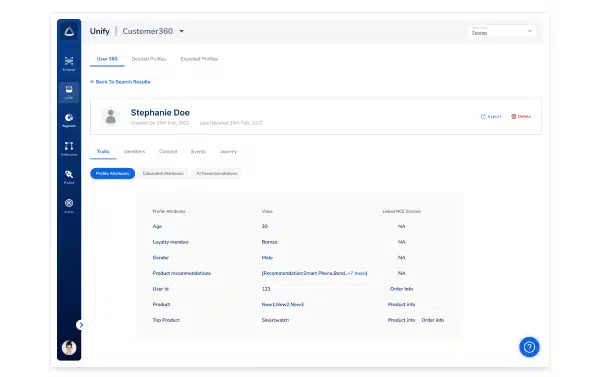
2. Personalised Experiences
A unified customer view also enables brands to deliver personalised experiences, which customers have come to expect. By leveraging detailed customer profiles, businesses can create tailored experiences that resonate with individual customers. This level of personalisation directly impacts sales, basket size, and overall profitability. It also reduces customer acquisition costs (CAC) and improves the efficiency of marketing spend.
Breuninger, a luxury retailer, used Zeotap CDP to more efficiently retarget high-value customers across online advertising channels. They also expanded their reach by targeting similar customer profiles. This approach resulted in a 30% increase in Cost Order Turnover and a significant 46% boost in Average Basket Value.
3. Reduced Ad Spend
A CDP can significantly improve ad spend efficiency by enabling companies to target high-value customers more precisely. This means that ad spend is not wasted on less relevant audiences, leading to a better overall ROI.
With a CDP, organisations can create highly tailored lookalike audiences and customer segments. By focusing on these smaller, more specific groups, businesses can reduce targeting costs and allocate resources more efficiently. Furthermore, CDPs ensure that only the most relevant messaging reaches the appropriate audiences, maximising the effectiveness of each campaign investment.
Additionally, leveraging a CDP enhances advertiser perceptions by demonstrating a brand’s commitment to precision and efficiency. Advertisers are more likely to engage with companies that use data-driven strategies, ensuring optimal returns on their advertising investments.
4. Improved Customer Loyalty and Retention
A holistic understanding of your customers allows you to influence the customer experience through relevant offers and messaging, ultimately improving loyalty and retention. By focusing marketing efforts on high-value customers, businesses can foster stronger relationships and encourage repeat business.
For instance, Zeotap CDP helped the German bank unify offline and online customer data, enrich existing customer profiles, and create lookalike audiences to expand targeting options. This led to a 12% increase in retention rates and a 19% reduction in Customer Acquisition Cost.
5. Enhanced Customer Engagement
Whether through marketing content, sales interactions, or customer support, customers expect personalised experiences and interactions. Customer engagement is a key driver of business success, and a CDP can enhance this engagement by providing deeper insights into customer behaviour and preferences.
CDPs simplify the automation of customer analytics and predictive insights, allowing businesses to plan future initiatives that meet upcoming demand. This enables companies to connect with customers on a more meaningful level, such as by sending highly contextual content or personalised emails based on individual interests.
The success of these targeting and personalisation efforts can be measured through metrics like email open rates, click-through rates, and engagement rates.
Tip: For more insights on how CDPs help businesses meet evolving customer expectations, check out our blog article, “Understanding the Critical Role of CDPs in Meeting Customer Expectations.”
6. Better Targeting of Marketing Campaigns
CDPs empower businesses to better target their marketing campaigns by leveraging the wealth of customer data they collect. With a CDP, businesses can craft more precise marketing messages and ensure they reach the right audience at the right time. Whether it’s marketing emails, calls with sales representatives, or chatbot interactions, customers expect personalised and relevant experiences based on their previous interactions with the company.
This level of targeting not only improves the customer experience but also drives better results for marketing campaigns. By measuring key metrics such as conversion rates, businesses can continuously refine their strategies and improve overall performance.
Tip: To explore practical examples of how CDPs can elevate your marketing strategies, read our blog article, “6 CDP Use Cases That Show How a Customer Data Platform Can Boost Marketing Success.”
7. Increased Sales Conversions
Finally, a CDP can help businesses improve their sales conversion rates by supporting data-driven actions. By providing more relevant offers to past customers or promoting location-specific content to potential customers, a CDP ensures that companies are making the most of every opportunity.
For example, the aforementioned luxury retailer Breuninger was not only able to leverage additional potential in its performance marketing channels with Zeotap CDP, but also increase conversion rates and significantly improve efficiency.
Leveraging CDP Value for Competitive Advantage
In summary, a Customer Data Platform offers a multitude of ways to drive business value – from unifying customer data to enhancing personalisation, reducing costs, and improving customer engagement. By leveraging these seven key CDP benefits, businesses can ensure that their investment in a CDP yields significant returns, even in challenging economic times.
